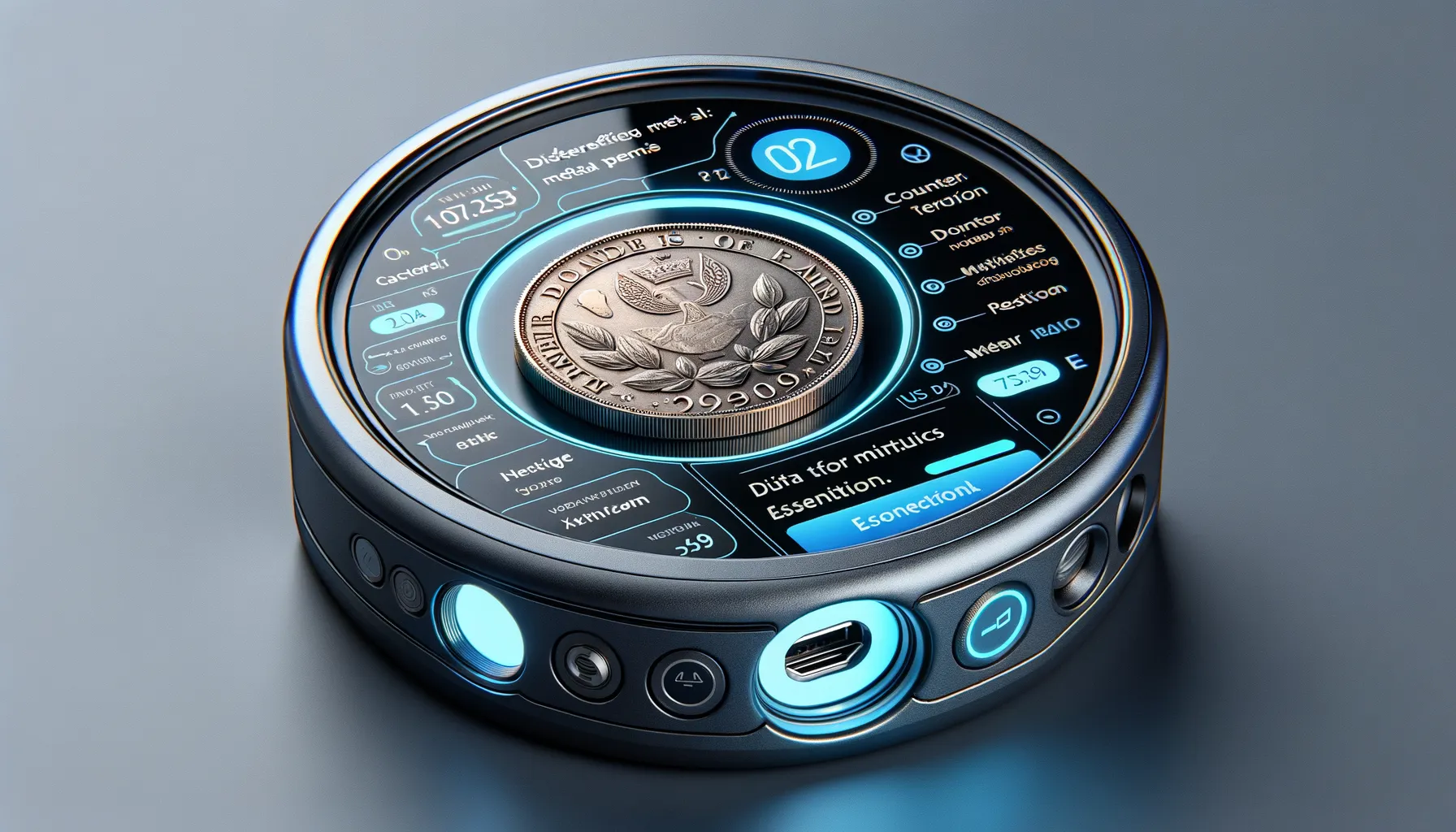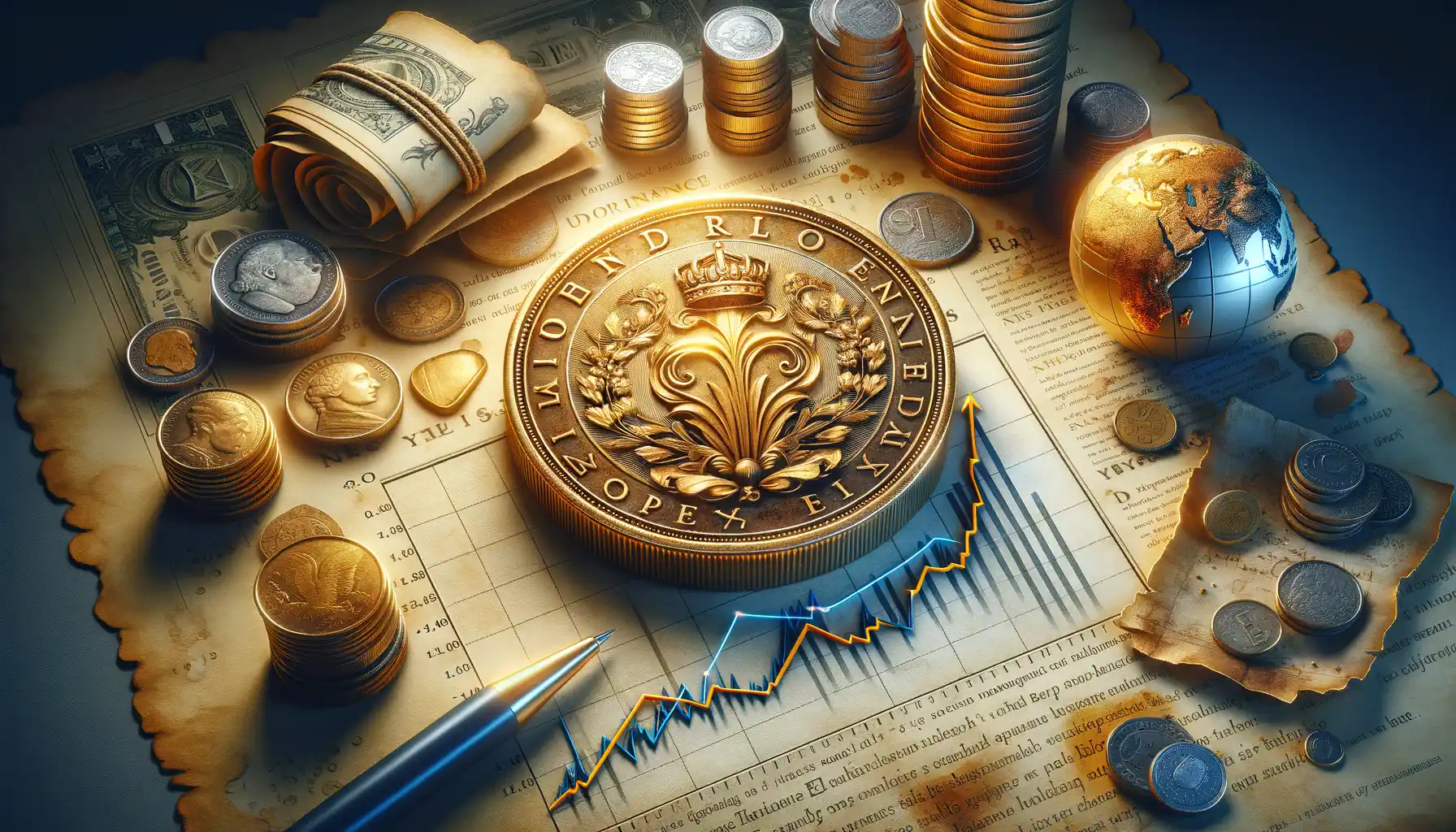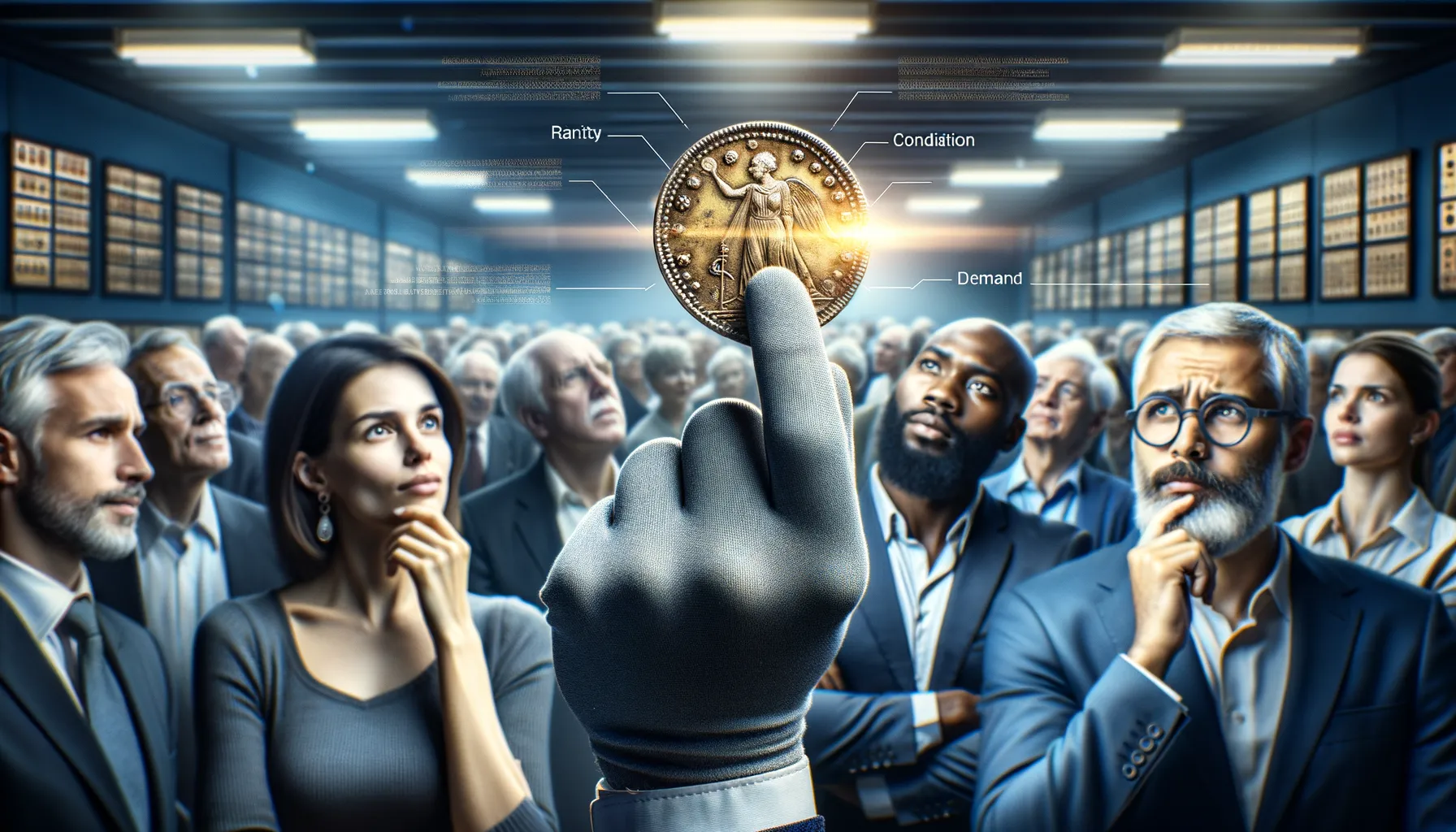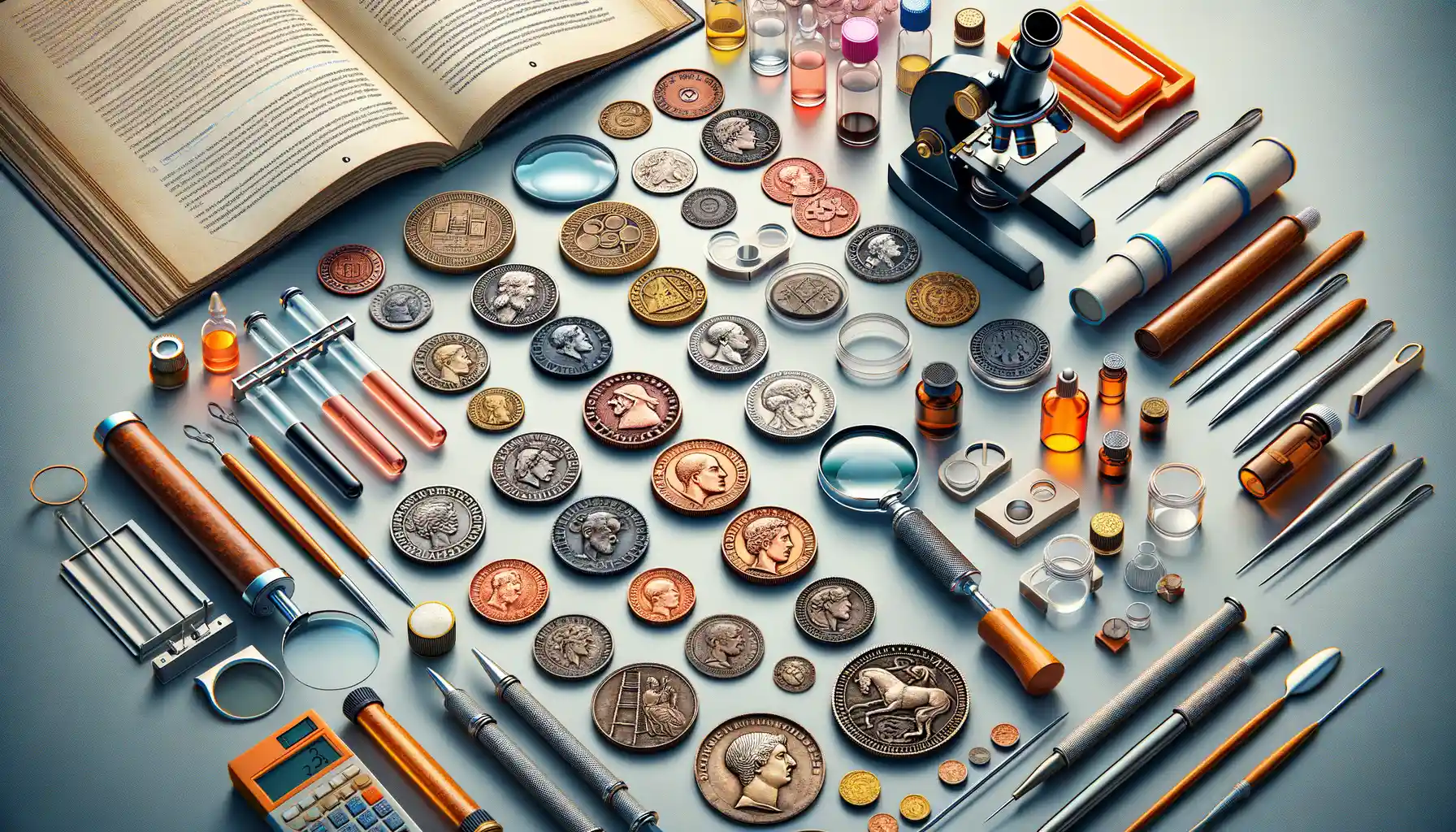Understanding the Value of Obsolete Denominations
Why These Forgotten Treasures Shine Bright
Imagine holding a piece of history in your hands—a coin or bill long retired from circulation, but rich in stories and symbolism. Obsolete denominations, like the U.S. $2 bill of yesteryear or European currencies replaced by the Euro, aren’t just artifacts; they’re whispers of the past, tangible connections to moments in time. Their value isn’t solely measured in money but in meaning.
The charm lies in their rarity. Think of a collector stumbling upon a Canadian 25-cent Dominion note from 1900. To most, it’s a relic. To the enthusiast, it’s a window into early Canadian commerce. But rarity doesn’t always equal value—it’s about demand, condition, and, well…a little magic.
- A WWII-era German Reichsmark might evoke stories of resilience.
- An ancient Italian Lira is a reminder of how empires evolve.
- The Confederate States dollar? A glimpse into a tumultuous chapter of U.S. history.
These forgotten denominations transcend the material—they’re small, personal time machines, whispering tales of trade, triumph, and transformation.
Where to Find and Acquire Obsolete Denominations
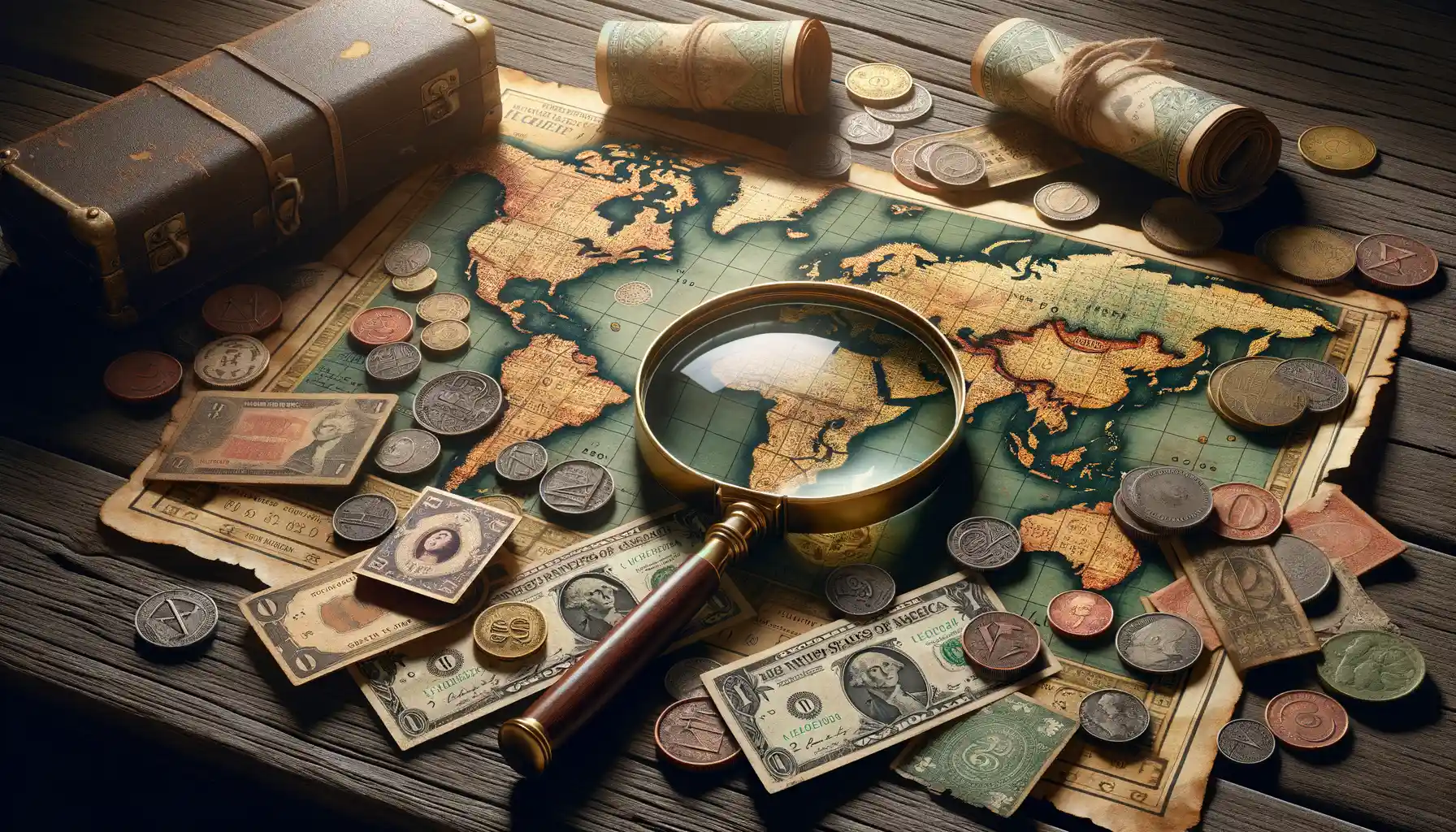
Hidden Treasures: Where History Meets Hobby
The adventure of finding obsolete denominations can feel like a thrilling treasure hunt. Imagine holding a piece of history that’s passed through countless hands over centuries! But where do you start? Let’s dive into some key sources:
- Local Coin and Antique Shops: These are goldmines for collectors. Speak to shop owners—they often have insider knowledge on rare finds.
- Online Auction Platforms: Websites like eBay or Heritage Auctions host vibrant communities of enthusiasts trading notes, coins, and currency from around the globe daily.
- Collector Forums: Think of these as modern-day salons for coin geeks. Platforms like CoinTalk or Numista connect passionate collectors who might offer trades or sales directly.
Special Events and Niche Markets
Don’t miss out on events like coin shows or antique fairs—they’re like Disneyland for collectors. Vendors gather with their most prized possessions, and there’s nothing quite like sifting through displays to uncover that one-in-a-million find. And for a more personal touch, estate sales and flea markets in historic towns could yield forgotten gems hiding in plain sight.
Sometimes, it’s all about being in the right place at the right time. Keep your eyes open, ask questions, and trust your gut—it’s part of the thrill!
Tips for Assessing Authenticity and Condition
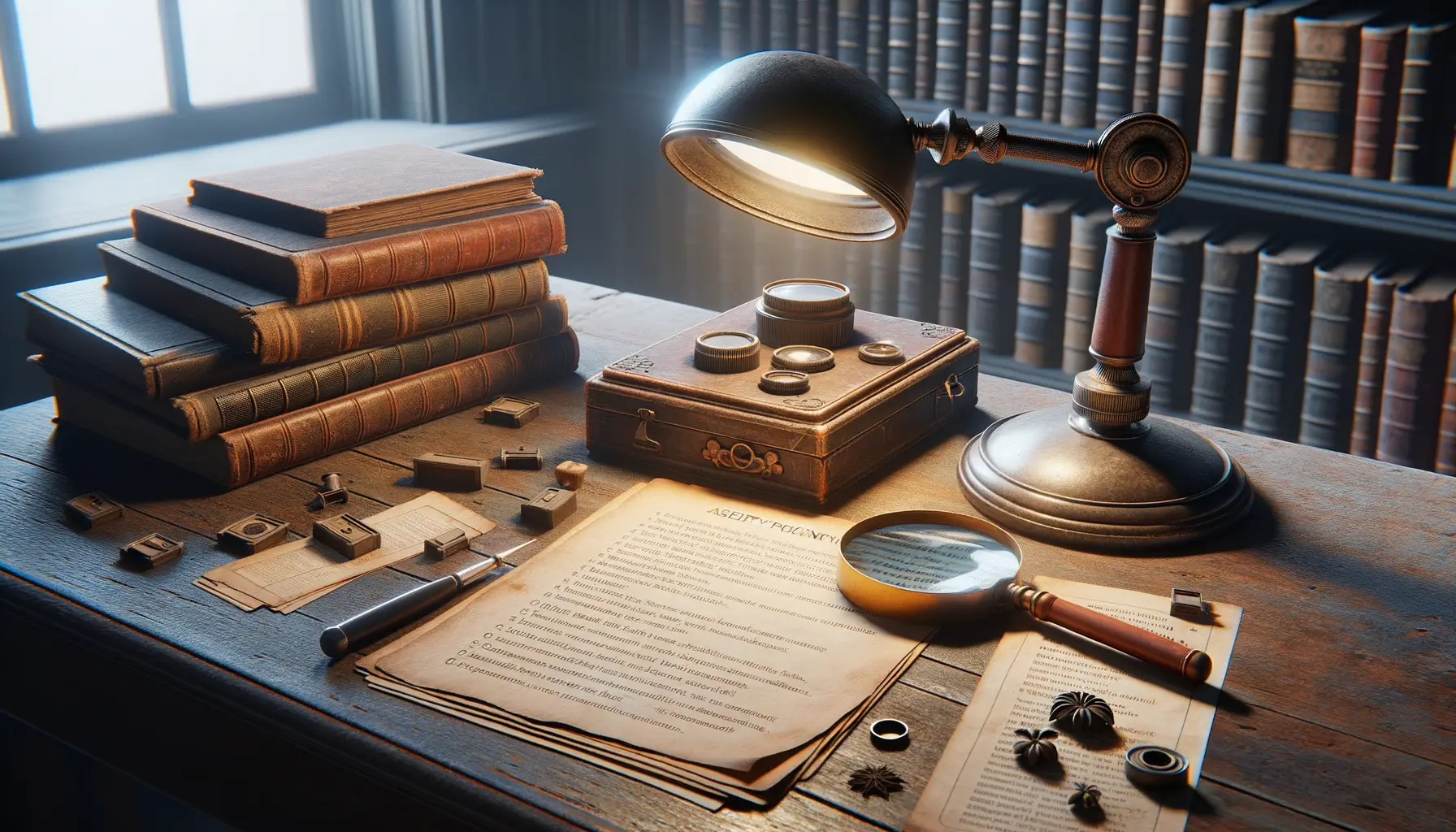
Spotting the Genuine Article
Collecting obsolete denominations is like uncovering buried treasure—it’s thrilling, but you’ve got to keep your wits about you. Counterfeits and wear can muddy the waters, so how do you separate the gems from the duds? First, let your eyes be your first detective. Scrutinize details like inscriptions, edges, and patterns. On authentic coins or notes, these features often boast a precision that forgeries lack. Look at the font—is it consistent? Are the design elements sharp, or do they look like someone rushed them on a lazy afternoon?
For instance, if you’re holding a 19th-century silver coin, feel the weight in your palm. Does it have heft? A lightweight coin could hint at a fake or a deteriorated piece. And don’t forget to run your fingers along its edges. Authentic coins often carry reeded or decorative edges, which counterfeiters sometimes skip.
- Use a magnifying glass to inspect micro-details.
- Invest in a UV light for paper money—hidden watermarks can reveal a lot.
- Verify materials. Not all “gold” is golden; some might just be flashy brass.
Understanding Condition: Beyond the Obvious
Condition isn’t just about whether a note is ripped or a coin is tarnished—it tells the story of its life. For coins, pay attention to wear patterns. A coin with uneven wear might have spent centuries jingling in pockets. Paper currency, on the other hand, should be praised for crispness. A bill so crinkled it looks like it survived the bottom of a pirate ship chest might not fetch the value you expect.
Pro tip? Don’t confuse “old” with “valuable.” That torn dollar from the 1800s found in a shoe box may look cool, but collectors value preservation. Always keep an eye out for terms like *uncirculated* or *mint state*. Those are the showstoppers!
Preservation and Storage Best Practices
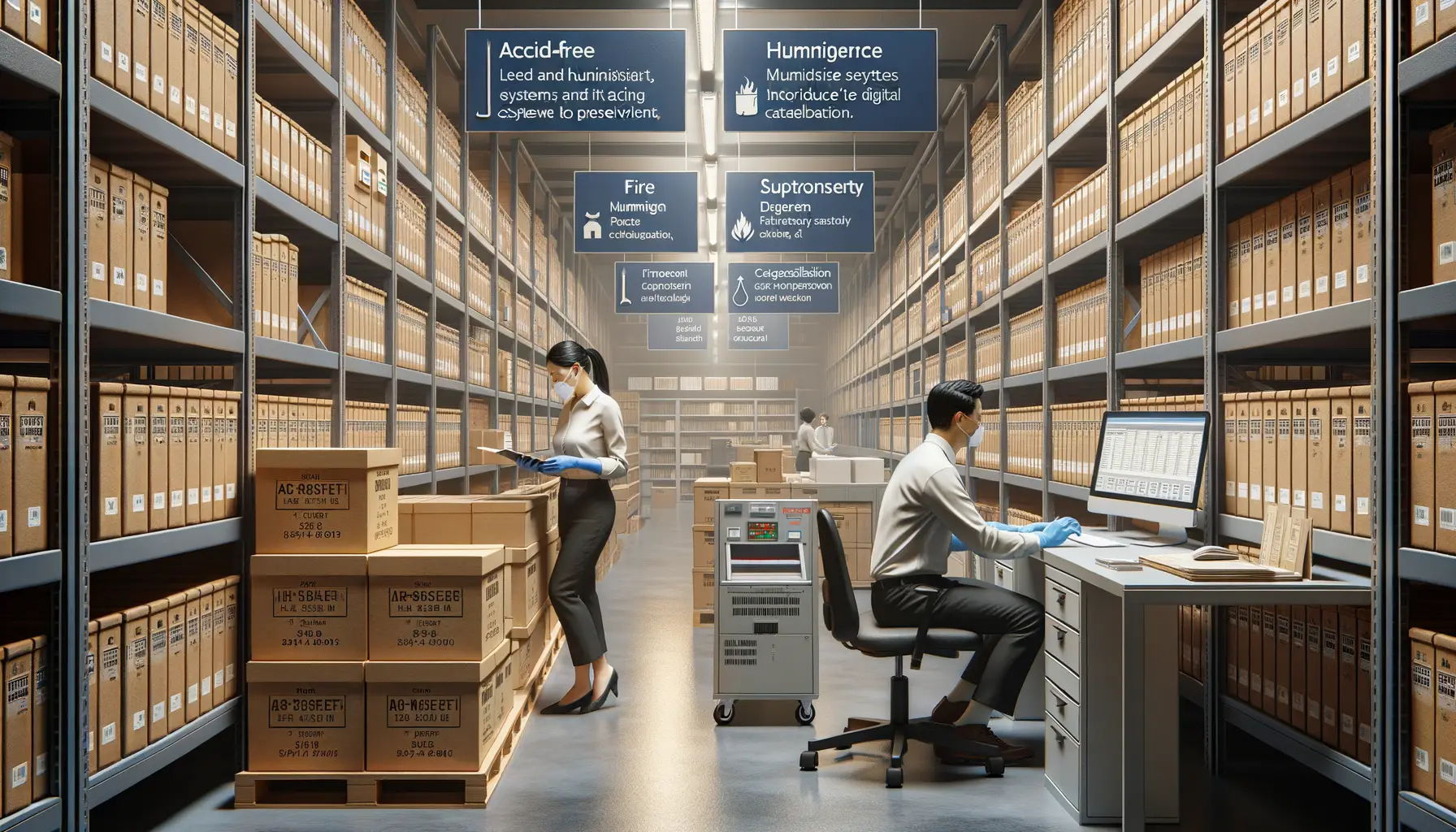
Guarding Your Treasures From Time
Imagine this: you’ve just acquired a beautifully aged, intricate $2 silver certificate from the 1880s. It’s a jewel, a whisper from another era. But, left unprotected, time itself can become its fiercest enemy. To preserve history, you need to prepare like a guardian of artifacts!
First and foremost, don’t let light bully your collection. UV rays are merciless, fading ink and paper in a slow, irreversible march. Store your pieces in UV-resistant holders or albums and keep them away from windows or direct sunlight. And yes, artificial light can be a sneaky culprit too—opt for low-intensity bulbs.
Creating a Happy Home for Obsolete Denominations
Your collection thrives when kept in the right environment. Follow these golden rules:
- Maintain a consistent temperature between 65-70°F. Anything too hot or cold is a silent destroyer.
- Never underestimate humidity—it’s the villain behind mold, not to mention paper warping!
- Invest in acid-free sleeves and storage materials, because acidic plastics? No, thank you.
Lastly, avoid touching pieces with bare hands. The oils on our skin may seem harmless but can wreak havoc over time. A soft pair of cotton gloves turns you from collector to preservation hero!
The Historical and Cultural Significance of Obsolete Denominations
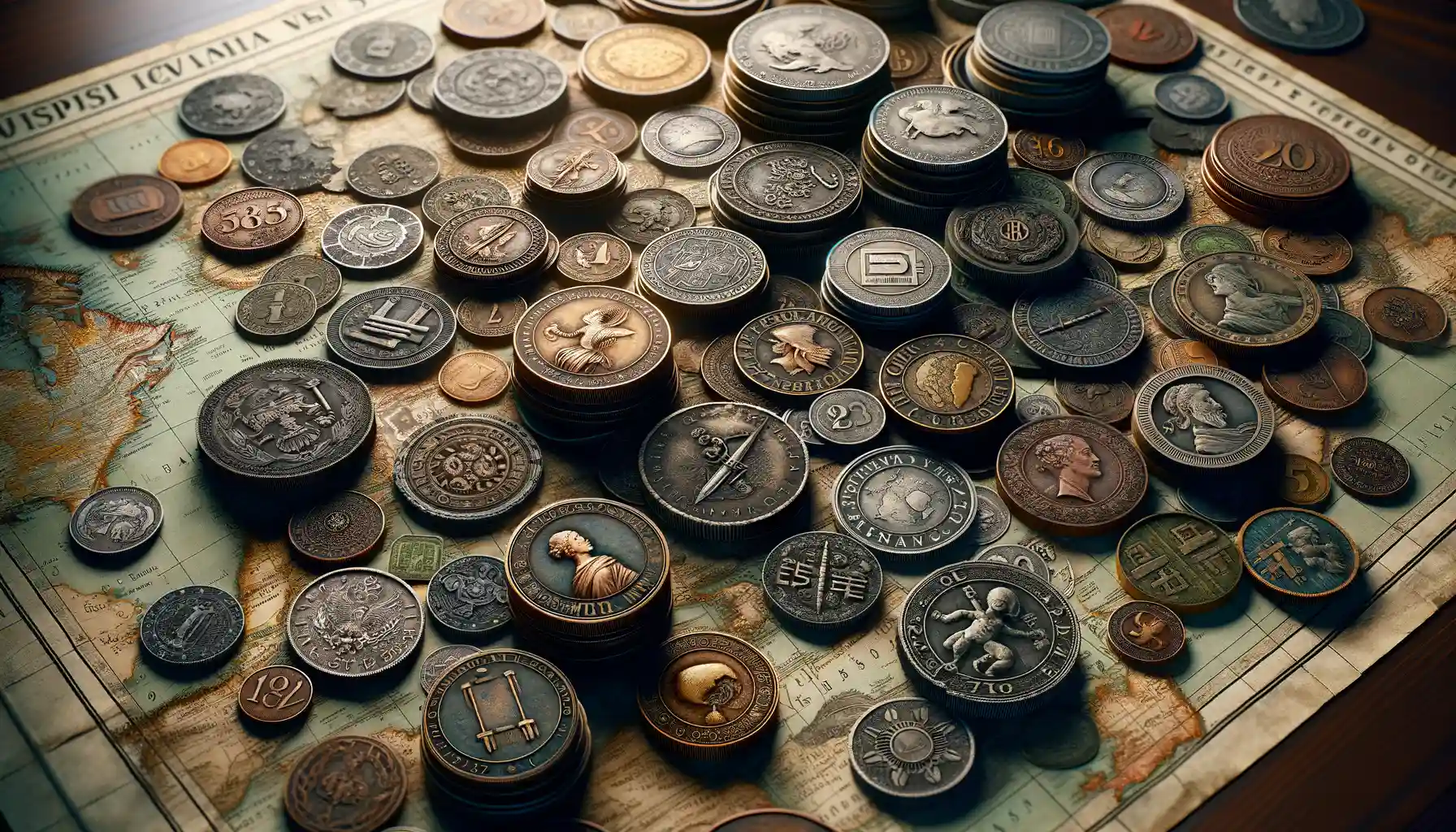
Echoes of Humanity in Every Coin and Note
Ever held an old coin and wondered about the lives it touched? Obsolete denominations are so much more than outdated money; they’re tangible portals to the past. Imagine a worn-out 19th-century European banknote—its ink smudged by countless hands trading bread, dreams, maybe even secrets during a bustling market day. These forgotten currencies captured the essence of their times, reflecting not just economies but philosophies, artistry, and even political revolutions.
Some notes gleam with ornate engravings and national pride, while others whisper tales of scarcity, wartime, or resilience. The rare Confederate dollar, for instance, carries the weight of a nation’s struggle; a Victorian-era British penny might well have jingled in the pockets of a chimney sweep or merchant. Their beauty lies in their imperfections—creases, stains, faded edges—all proof of journeys untold.
Cultural Symbols and Hidden Messages
The artistry on obsolete denominations is like visual storytelling. They brimmed with bold symbols of sovereignty, industry, and ambition:
- Classical deities, symbolizing hope and power.
- Industrial machines, flaunting technological progress.
- Local flora and fauna, celebrating identity and belonging.
Each design detail feels intentional, as though the artist meant to carve a piece of history into your palm. It’s a vivid reminder that these relics are more than collectors’ items—they’re slices of human nature, frozen in time.

